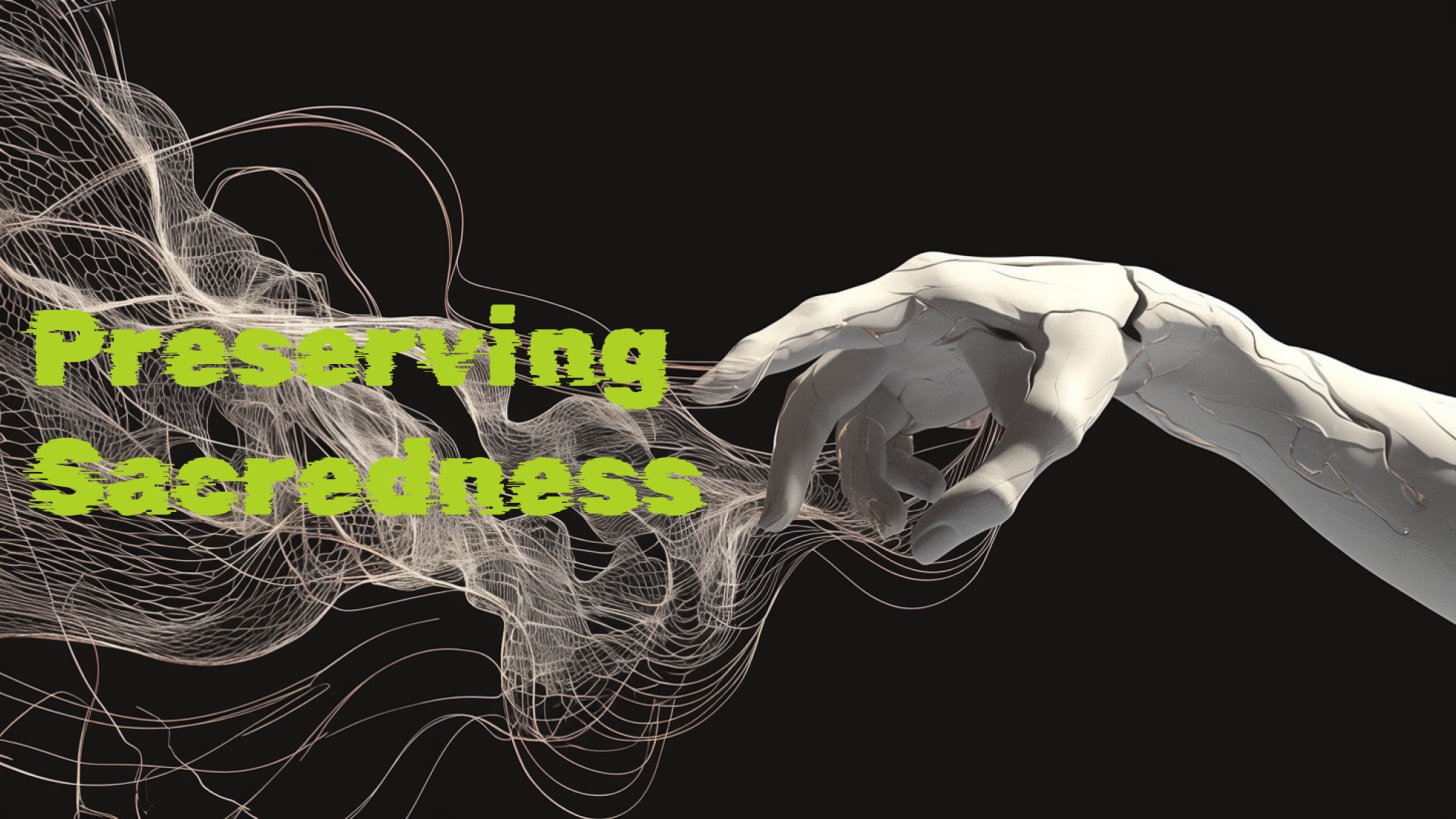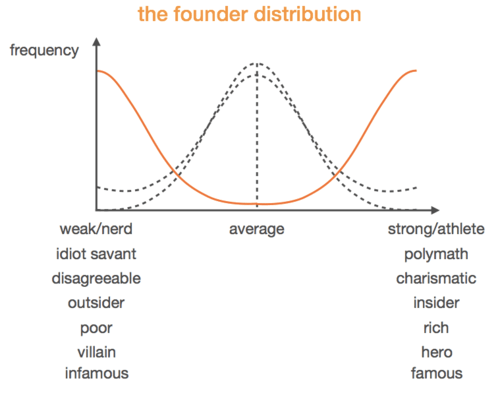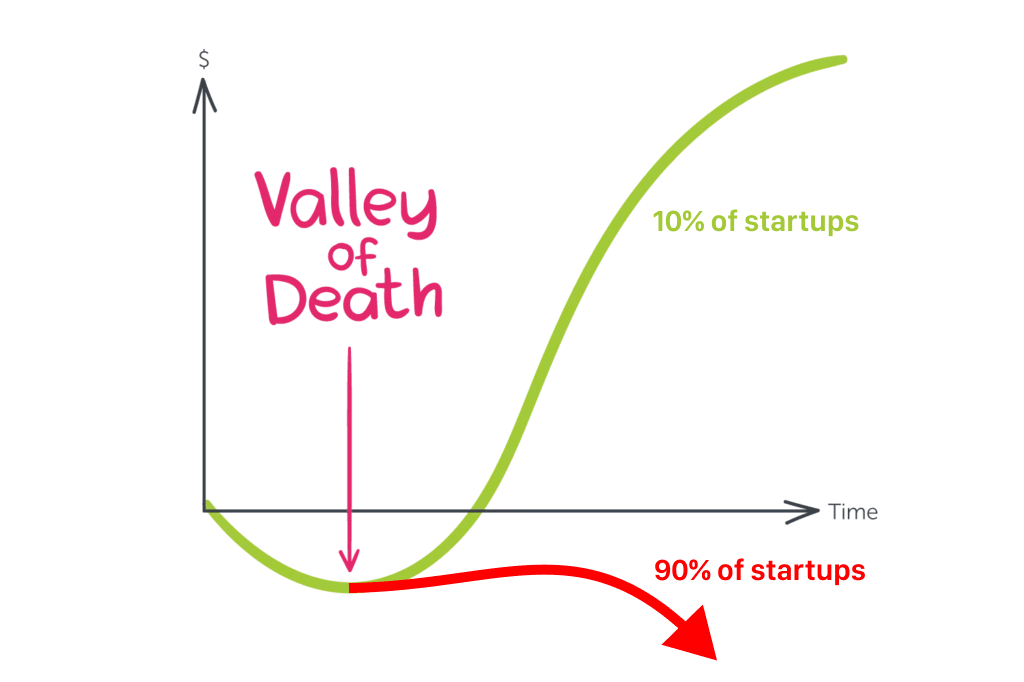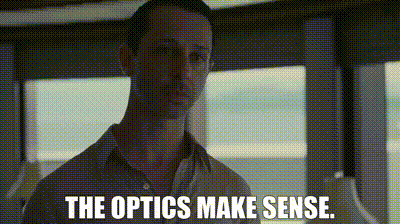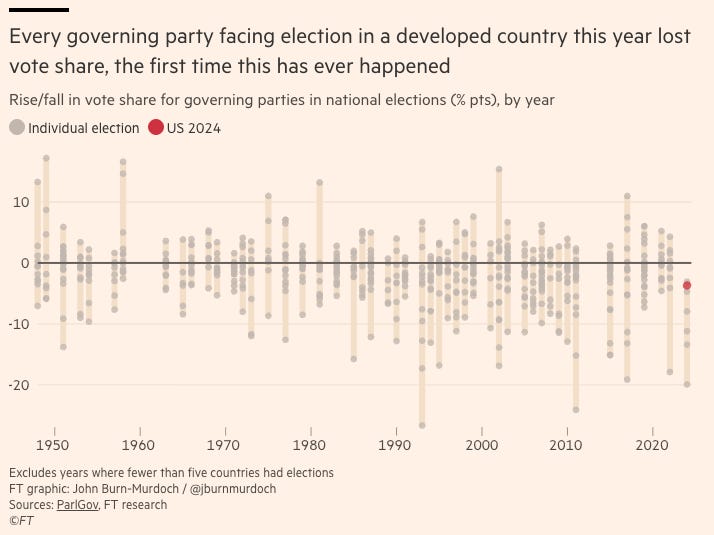The rocket pierces the sky, a technological hierophany. When SpaceX positions itself as humanity's salvation, it taps into something deeper than progress or profit: a hunger for the sacred.
Silicon Valley's power didn’t emerge from code or capital alone. It emerged from the collective capacity to experience technology as sacred, as something that transcends mere utility to touch deeper human aspirations.
However, when mythology meets market incentives, something shifts. The same framework that elevates founders into visionaries and startups into movements becomes a sophisticated performance art. In the attention economy, the appearance of innovation often yields better returns than innovation itself.
This tension—between authentic sacredness that drives genuine breakthroughs and manufactured sacredness that enables sophisticated fraud—threatens not just individual companies but the entire ecosystem's capacity to create meaningful progress.
This loss of sacredness haunted Mircea Eliade when he warned of the "total profanation" of human experience in "The Sacred and the Profane," a book I've carried with me through 2025. In Eliade's view, modern society's greatest peril wasn't secularization but our diminishing ability to recognize the sacred in anything. For homo religiosus, certain spaces, objects, and events transcend mere function, becoming vessels of deeper meaning through what he called hierophanies.
Eliade's framework helps explain Silicon Valley's unique cultural power. Silicon Valley is built on this very tension between the sacred and the profane, between what can be measured and what can't, between the explicit and the implicit (or Straussian).
Engineers are as passionate about "mission" as monks are. The stories that founders tell about where they came from are like myths. Product launches are set up like hierophanies, which are ways of showing the sacred in everyday life.
Yet the same forces that create this sacred dimension also threaten to destroy it. When every interaction becomes optimizable, when every ritual is reduced to its functional components, we risk creating a world stripped of transcendent meaning, yet also fulfilling humanity's deep wish to be relieved of the burden of mystery.
I find myself asking, in this peculiar time in history: Is it still possible to preserve sacredness?
This sacred dimension manifests most clearly in how the Valley treats its founders—not just as executives, but as mythological figures whose personal journeys embody broader technological transformation.
As Peter Thiel observed in his famous Stanford lecture, founders occupy a peculiar place in the Valley's collective psyche, simultaneously worshipped and vulnerable to sacrifice. They are extreme insiders by virtue of their power and vision, yet often extreme outsiders in their eccentricities and willingness to break convention. The result is a strange hybrid: manufactured mythology running on engagement metrics, where founders must navigate between being deified and demonized.
The Valley's founding stories often follow ancient mythological patterns: the outcast-turned-hero (Jobs), the boy-king (Zuckerberg), the Prometheus figure bringing divine fire to mortals (Musk). Each faces trials, betrayals, exile, and potential restoration. As Thiel notes, this isn't mere metaphor but a fundamental dynamic of how power and narrative operate in times of transformation.
What does an investor look for when evaluating a founder? The best investors have developed an almost mystical framework, seeking three critical signals in founders: the capacity for transformation, the willingness to face ordeal, and the potential for resurrection.
For a founder, like an ancient initiate, the journey demands a readiness to shed their former self and embrace rebirth. This transformative process is marked by specific indicators: their ability to relinquish ingrained assumptions, their resilience in navigating prolonged uncertainty, and their capacity to motivate others to venture into the unknown alongside them.
Investors intensely focus on a founder's personal narrative due to identifiable mythological patterns. As Thiel observes, the evolution of founders into sacred figures follows a consistent trajectory: the initial blessing (funding), a period of adversity (the "valley of death"), and eventual triumph or failure. These stages align with key investment milestones and resonate deeply with ancient initiation rituals.
When founders succeed at scale, their companies can transcend mere business to become something approaching cosmic centers. When certain companies achieve "escape velocity," they genuinely become axis mundi, cosmic center points around which entire ecosystems orbit. Consider how Anduril's American Dynamism narrative has catalyzed an entire movement, reshaping conservative tech discourse and defense innovation. Or how OpenAI's alumni have spawned distinct philosophical schools of thought about AI safety and ethics. These organizations don't just build products; they restructure how entire communities think about technology's role in society.
But here lies a crucial distinction between authentic and manufactured sacredness. While both involve the creation of sacredness, there's a key distinction between its organic development and its manufactured imitation. Traditional sacred spaces acquired meaning gradually over time, whereas contemporary platforms strive to hasten this process, fabricating significance through growth hacks and viral loops.
As Thiel observes, this acceleration creates a dangerous instability: the faster you build sacred power, the more vulnerable you become to sacrificial dynamics.
True sacredness is rooted in forms of value that cannot be bought or sold. This is precisely what makes it so vulnerable to exploitation. The Valley’s most successful founders intuitively grasp this paradox. They must build financial value while tending to what might be called “sacred capital.” These are measurable only in their aftereffects—retention rates, organic growth, the gravitational pull on talent and discourse—but their essence is irreducible.
Open-source software contributors, Discord servers, or Subreddit mods operate on the principles of gift economics. The most vibrant online spaces run on similar dynamics, where value flows through reputation and contribution rather than transaction. There's a reason we recoil when someone tries to reduce these relationships to a score or metric. They lose their essence when abstracted from their living social context.
Modern organizations need metrics to operate, but meaning to thrive. The best founders learned to walk this knife's edge: to honor both the ledger and the ineffable, to tend simultaneously to what can be counted and what must remain untamed.
Yet this same sacred foundation that enables Silicon Valley's most transformative innovations also creates vulnerabilities that bad actors increasingly exploit. The crypto space serves as a concentrated laboratory for understanding how sacred narratives can be corrupted into sophisticated fraud.
No industry dances more closely between the sacred and profane than crypto. The utility that we see now – USDC, DeFi, and a faster blockchain itself – only emerges after the fervor of an early belief that individuals are sovereign, and that permissionless systems will reclaim power from institutions and return it to the people. It’s as much a financial or technological movement as it is a cultural-political one.
When we reduce everything to tradeable narratives, we inadvertently create the conditions for fraud. I've watched brilliant founders start with genuine technological innovation, only to get caught in an escalating spiral of story over substance.
The unrelenting demand for captivating stories in the market can easily disorient even the most well-intentioned teams. Every exaggeration is excused by the need to sustain progress.
The worst fraud isn’t even the loss of capital, but the betrayal of faith. It erodes the very foundation of trust that makes the Silicon Valley miracle possible in the first place.
The line between myth-making and deception is treacherously thin. While every founder must craft narratives that inspire belief, recent years have shown how easily sacred storytelling can descend into outright fraud. Everyone in tech knows the cautionary tales of SBF, Elizabeth Holmes, and Adam Neumann—each a master, in their prime, of bending reality to their will.
A new crop of founders is now emerging who understand that in the attention economy, the sacred isn't earned through genuine breakthrough or sacrifice, but manufactured through narrative. For them, the work of building an honest business feels relatively inefficient compared to crafting a compelling hero's journey.
Their playbook inverts Eliade's hierarchy: instead of technology transcending its mundane function through genuine innovation, they aim to elevate the mundane through pure storytelling. "Tweeting one's way into every room" becomes their hierophany, even at the risk of going to jail for securities fraud.
The incentives perfectly reward this inversion of sacred and profane. Why toil in the profane realm of customer interviews when you could be crafting your David versus Goliath mythology? Why chase the mundane validation of product-market fit when a viral thread about regulatory persecution could instantly consecrate you as a visionary? The attention economy has created a new priesthood, where the sacred rite of "founding" requires no actual founding, only the ability to perform the outward signs of “founding.” A provocative take that catches Paul Graham's eye feels more transcendent than the quiet progress of serving customers. The metrics that matter aren't profane measures like retention and revenue, but sacred tokens of narrative resonance: retweets, threads gone viral, the digital liturgy of startup culture.
Well, but what do they say? “First-time founders are obsessed with products, second-time founders are obsessed with distribution.”
Why don’t I front-run sone hard-earned lessons?
The systematic denial (or betrayal) of Silicon Valley's sacred foundations threatens not only individual companies but also the entire ecosystem's capacity for genuine innovation. When founders exploit the delicate, implicit trust for their own deception and short-term valuation inflation, they diminish the collective faith that is the lifeblood of bold technological progress.
When a critical mass of sacred narratives is exposed as cynical manipulations, the ability to discern genuine visionaries diminishes. Investors, in turn, become increasingly wary of transformative assertions. This erodes the gift economy, where knowledge, mentorship, and collaborative innovation are freely shared, as participants become more defensive and transactional.
The feedback loop is devastating.
The dynamic was most apparent recently in crypto, where projects start with genuine technological innovation, only to discover that engineering excellence means nothing without a "narrative fit." The pressure to maintain token prices and community momentum gradually hollows out the sacred act of building something meaningful.
Efficient mechanics drive rapid growth. A founder's tweet generates Discord channels; a meme launches a valuable token. The "community" is both customer and product, incentivized to spread the message, labeling critics as "non-believers." Innovation transforms into sophisticated belief propagation.
In some strategy sessions, I watched teams debate not technical architectures but narrative arcs. “What’s our story?” gradually overshadowed the more elemental question: “What are we building?”
Projects with solid fundamentals have a harder time breaking through the noise, while those running purely on vibes and clever tokenomics soared. Each successful manipulation made the next one easier, until the space became nearly impossible to navigate without participating in the shared delusion.
Young founders, watching this dynamic unfold, internalize the lesson that sacred narratives are merely instruments of manipulation rather than genuine repositories of meaning and purpose.
The very idea of building something truly sacred, something that transcends pure financial calculation, begins to feel naive rather than noble.
This essay is less a prescription than a reckoning, a meditation on what we stand to lose. Perhaps the point isn’t to prescribe fixes, as the profane always coexist alongside the sacred, but to heighten awareness of how our choices, as creators and stewards of technology, shape the incentives that define the soul of our industry.
The sacred isn’t some vague notion of a “soul of tech.” It’s the spark in a teenager’s eyes when they realize they can shape the world with code. It’s the midnight breakthrough that feels like catching lightning in your hands. It’s the force that transforms this industry from mere business into something that feels, at its best, like magic.
The good news is that I still see sacredness everywhere. A relentless focus on the work yields a superior outcome. There’s something about seeing good people win that reminds you that people do notice.
“The opposite of slop is care.”
Said Nabeel S. Qureshi on the Dialectic podcast. Moments of sacredness are moments of devotion, the faithful pursuit of excellence, because our internal compass points there.
I maintain this blog as a small ritual of preservation. Each post is an attempt to capture those moments when technology transcends its utility and touches something that’s deceivingly simple about being human: the wonder, the discovery, the desire for truth, and the impulse to ask fundamental questions.
The sacred will persist because we’re willing to defy its ossified forms and create brand new vessels capable of holding its essence.
The sacred is essential to who we are as creators. In protecting it, we protect our ability to dream.
.png)

